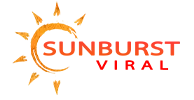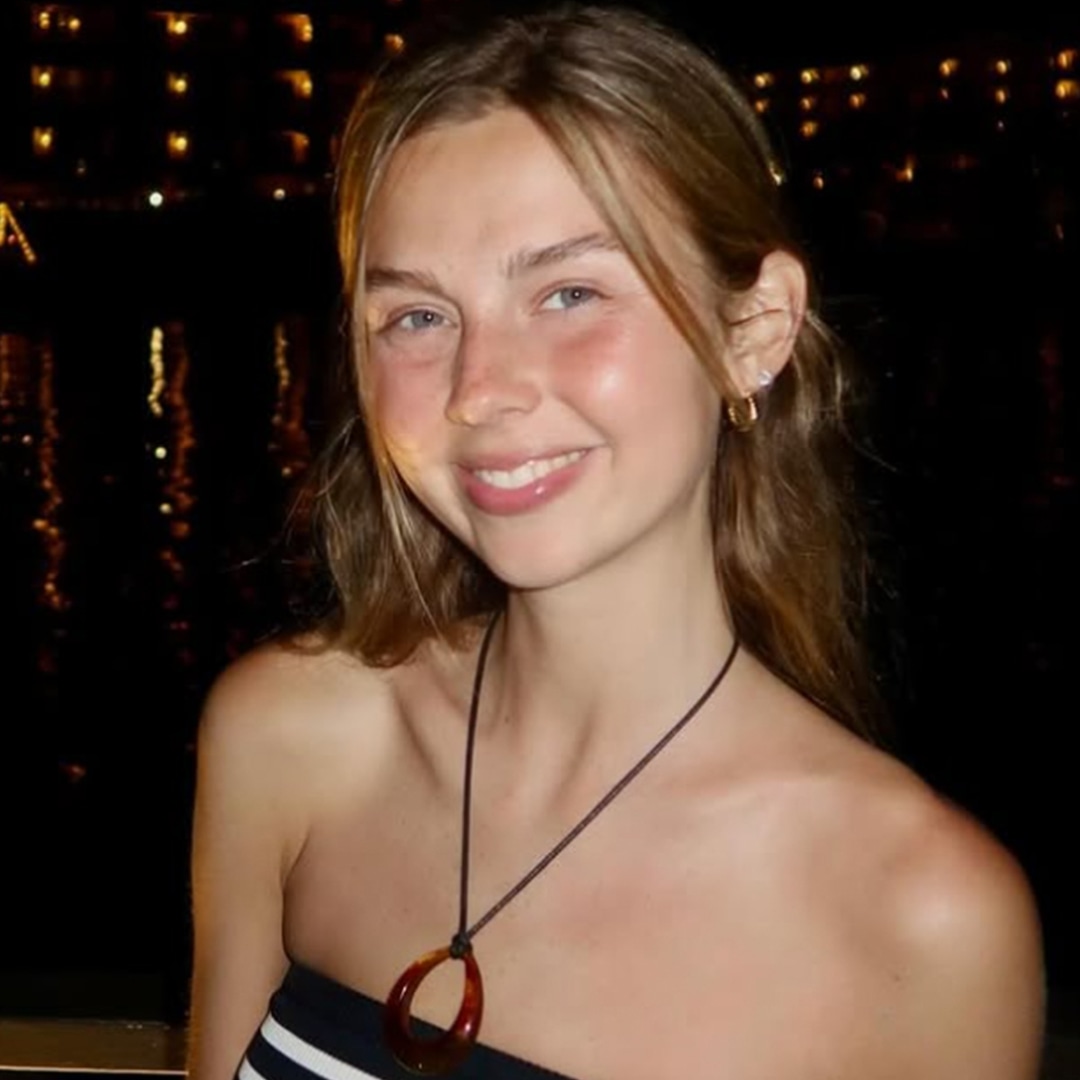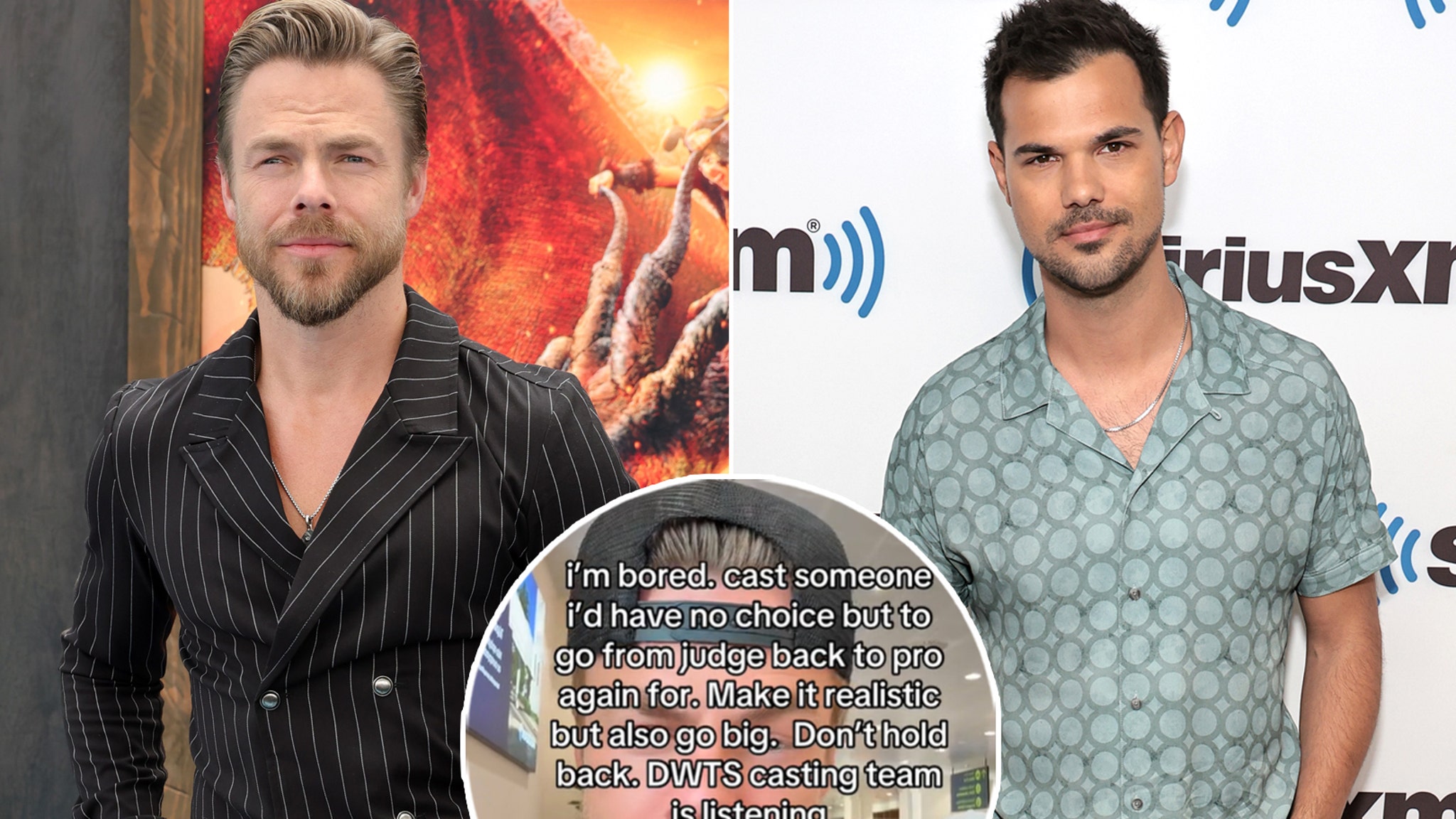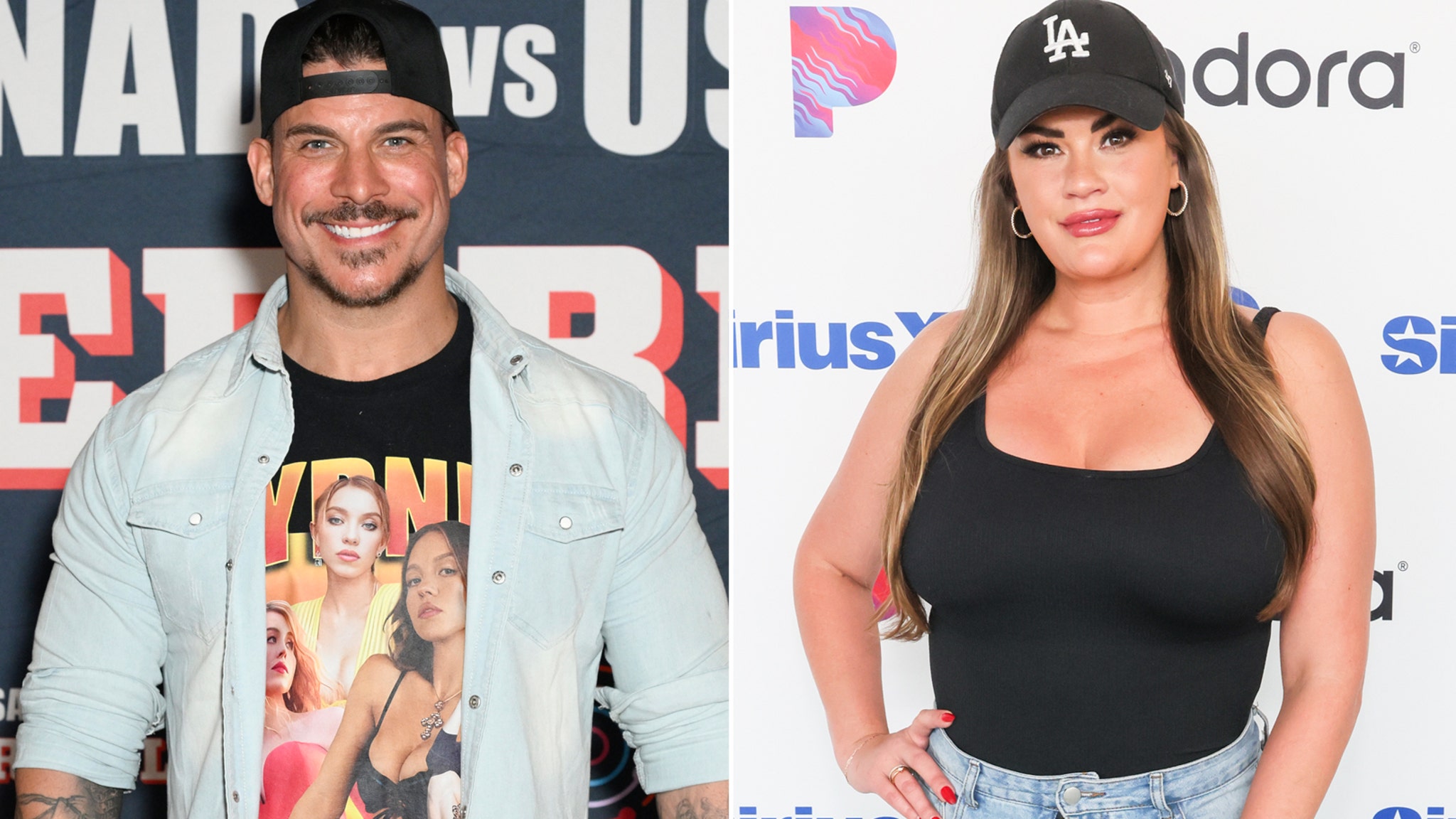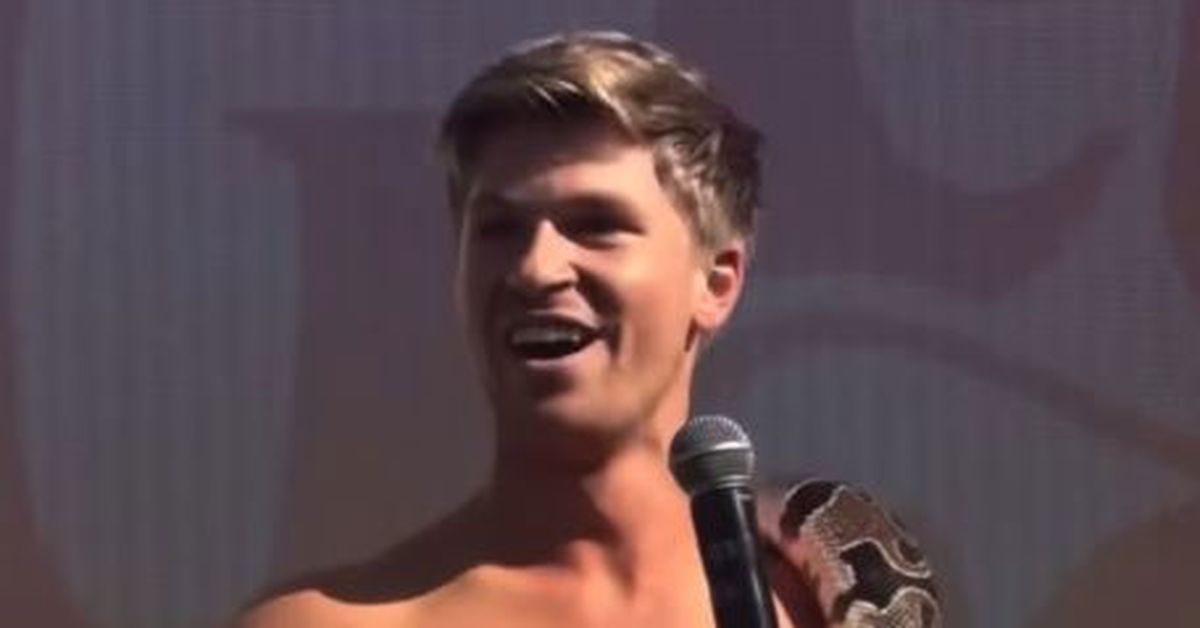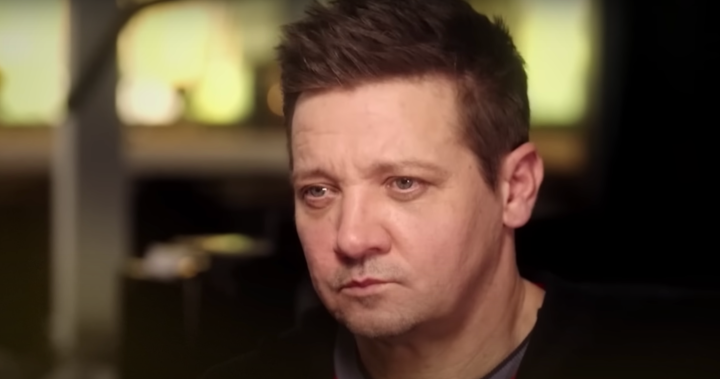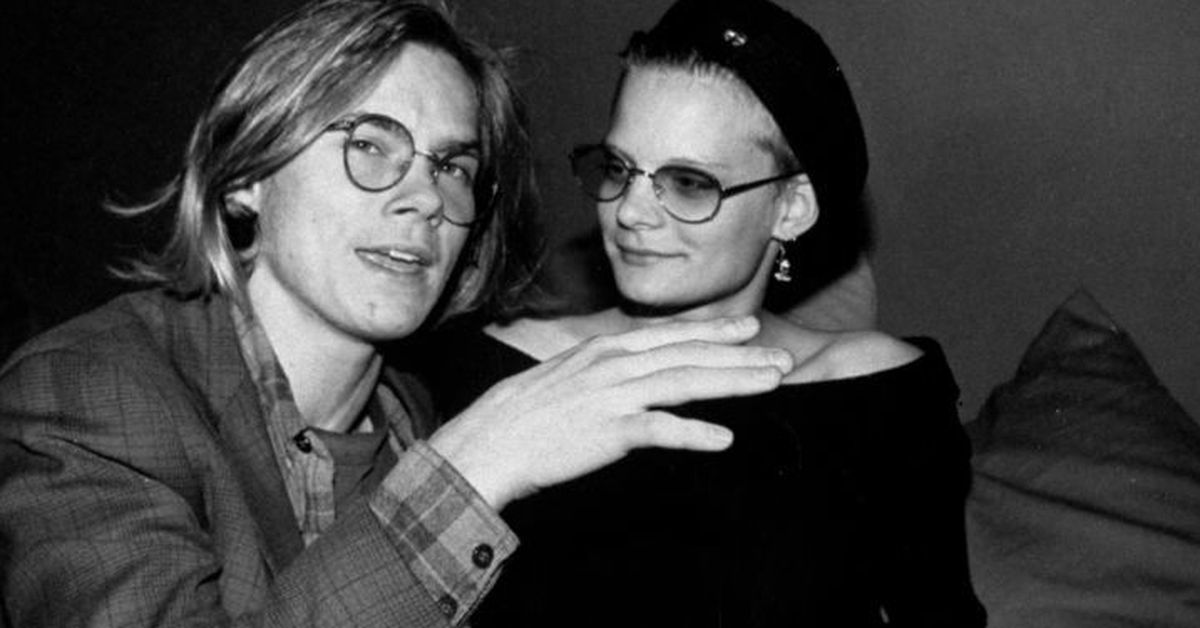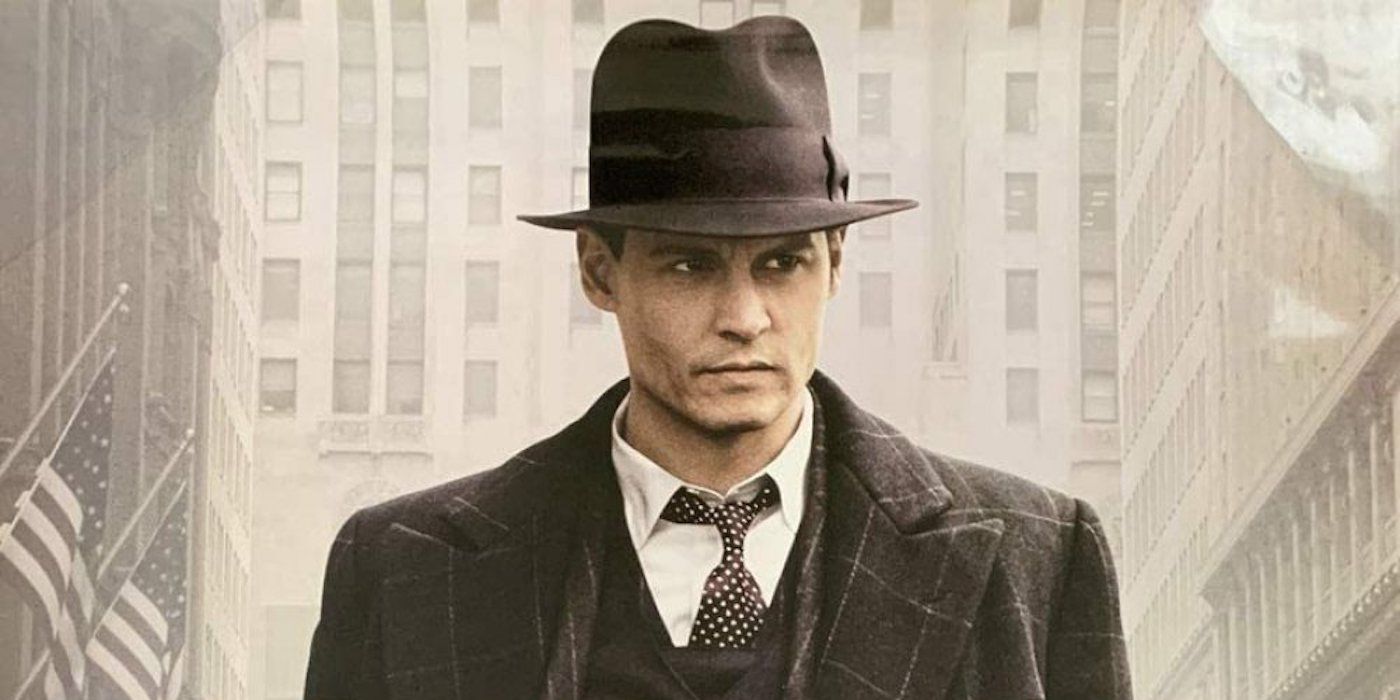Editor’s Note: About 15 years ago, celebrated documentarian Louis Theroux headed to the occupied West Bank territory for a tell-all documentary. This week, he returns for the BBC‘s Louis Theroux: The Settlers, which launches in a few days’ time. Writing exclusively for Deadline, Theroux details how he took a “perpetrator focused” approach to the doc, discusses the complexities of covering the region and argues why the “world has amply demonstrated its ability to withstand what is happening in the West Bank.” He also pays tribute to Oscar winner No Other Land and questions why the pic was accused of antisemitism.
Late last year, I spent three weeks travelling up and down the occupied West Bank — the region on the Eastern edge of Israel, which for nearly 60 years has been under Israeli military occupation. I was there documenting the world of the Israeli ultra-nationalists who have settled there, illegally under international law. My aim was to observe them up close, to try to understand their mind-set and their actions, and to get a sense of the impact of their presence on the lives of the millions of Palestinians who live in the region.
I’d made a documentary in the West Bank once before, in 2010. At that time, I was struck by the way in which a group of people were able to pursue an openly expansionist ethnonationalist vision while enjoying the benefits of a separate and privileged legal regime to those around them and being protected by the Israeli army.
That programme, titled Ultra Zionists, went out on the BBC in 2011. I went on to other stories. But late in 2023, in the wake of the deadly attacks on October 7 and the ensuing devastating war, I began reading articles in the New Yorker, the New York Times and elsewhere suggesting that with the world’s attention on Gaza, the settler community had cranked up its activities. There were reports that settlers, issued with thousands of assault weapons by the government, were running rampant, harassing and intimidating Palestinians, torching their shops and homes.
Filming took place in two blocks. Based in Jerusalem, and working with a team with years of experience covering the politics of the region, I met and interviewed settlers and their leaders – including the woman known as the “Godmother” of the settler movement, Daniella Weiss. I made several visits to settlements, including one called Evyatar, which had been authorized by the Israeli government just a few months earlier (it remains illegal under international law). Our first leg of filming took place during the olive harvest, a time when tensions run high, with the army – for alleged security reasons – preventing Palestinians from reaching trees they say they’ve harvested for years. I filmed interactions between the army, the olive pickers, and the peace activists (many of them Israeli) who work with the Palestinian farmers. I also made a visit to the ancient biblical city of Hebron, where settlers moved in illegally in 1968 and now live in a militarized zone of occupation.
Filming of this kind carries risks. Some are physical. Others are reputational. The narratives around Israel and the Palestinians are fiercely contested. No piece of coverage will please everyone. In general, I try not to over-worry about how my reporting will be received. I trust my instincts. I accept mine is just one contribution in the vast offering of coverage. Others are valid. Not to mention that I am not a typical journalist and certainly not a current affairs reporter. I have my own way of tackling my subjects, driven by my own personal curiosity. What I can offer is my take.
I have a style and an approach, which, for good or ill, I’ve made my own. You could call it “perpetrator focused.” I try to hear from those at the heart of a story who, broadly speaking, are viewed as being “in the wrong.” Naturally, giving airtime to these people can lead to accusations of “platforming.” I understand the charge. My decision to film means potentially millions will be exposed to the views of people who may be racist or fundamentalist or bigoted.
But making a documentary isn’t just a matter of handing someone a megaphone and saying “have at it.” It’s a process of asking the right questions, challenging, contextualizing. Doing journalism. I believe that, if done in a way that is considered and forensic, this approach gives viewers access to attitudes and ideologies that is more powerful for being unmediated. The settlers’ outlook – their beliefs, openly anti-democratic and supremacist, as they sometimes are – is seen for what it is.
There are also risks associated with drawing attention to forms of exclusionary nationalism when they are perpetrated by people who, in this case, are part of a minority group with its own long blood-stained history of enduring persecution. I have made several films that document antisemitism, including one that looks at its resurgence in the social media era. It’s been one of the most troubling aspects of our new media landscape that it has led to such a vast and toxic onslaught of antisemitic content.
But it should go without saying that extremists and ideologues exist in all communities. No one should get a pass. And when they are backed up by those in power, it’s a dangerous combination. It would also be a mistake to allow a phalanx of religious nationalist settlers and their far-right political supporters in government to co-opt Jewish identity and to write off legitimate criticism of their beliefs and their actions as an expression of bigotry.
‘No Other Land’: “exceptional film-making can be subject to attack”

(L-R) Basel Adra and Yuval Abraham in ‘No Other Land’
Yabaya Media/Dogwoof/Everett Collection
Nevertheless, I accept that some may see my documentary as anti-Israel. While making my film, I had the good fortune to watch the brilliant documentary No Other Land. To find out that the film, while picking up a string of awards including an Oscar, was accused of antisemitism was a cautionary lesson that even the most exceptional film-making can be subject to attack. In their case, some of it was physical: one of its co-directors, Hamdan Ballal, was a victim of mob settler violence, allegedly in response to the success of the documentary.
One of my reasons for wanting to go back, apart from changes in the region itself, was the sense that increasingly the wider world was looking to what is happening in Israel and the occupied territories for clues as to what their own future might look like. Some global populist leaders view the ideology of the settler community as a prototype for a type of nationalism they would like to practise. They regard Israeli settlers as the tip of the spear of what they frame as a global war against Islam. The views expressed by some in the film are part of a much wider and increasingly powerful anti-democratic strain of thinking that is pushing back against notions of civil rights and the rule of law. And so there is renewed relevance to understanding what is happening in the West Bank.
Recently I was asked how I thought the story would change in the future. I thought about how it had changed since my last visit, 15 years ago. The difference, I realised, was mainly one of degree – more harassment, more displacement, more death. It’s hard to say confidently that the situation is likely to improve. It’s a depressing thought. It was the French aphorist La Rochefoucauld who said, “We all have enough strength to withstand the misfortunes of others.” The world has amply demonstrated its ability to withstand what is happening in the West Bank.
